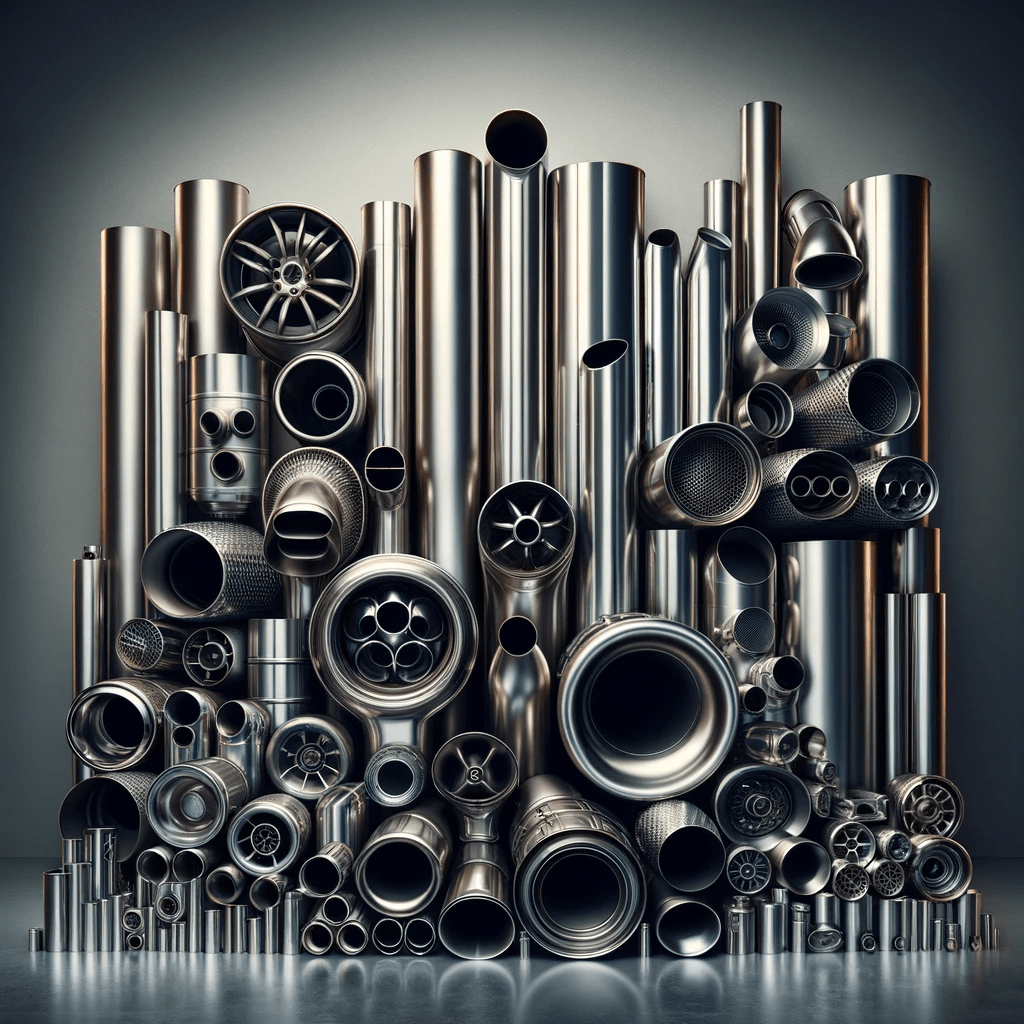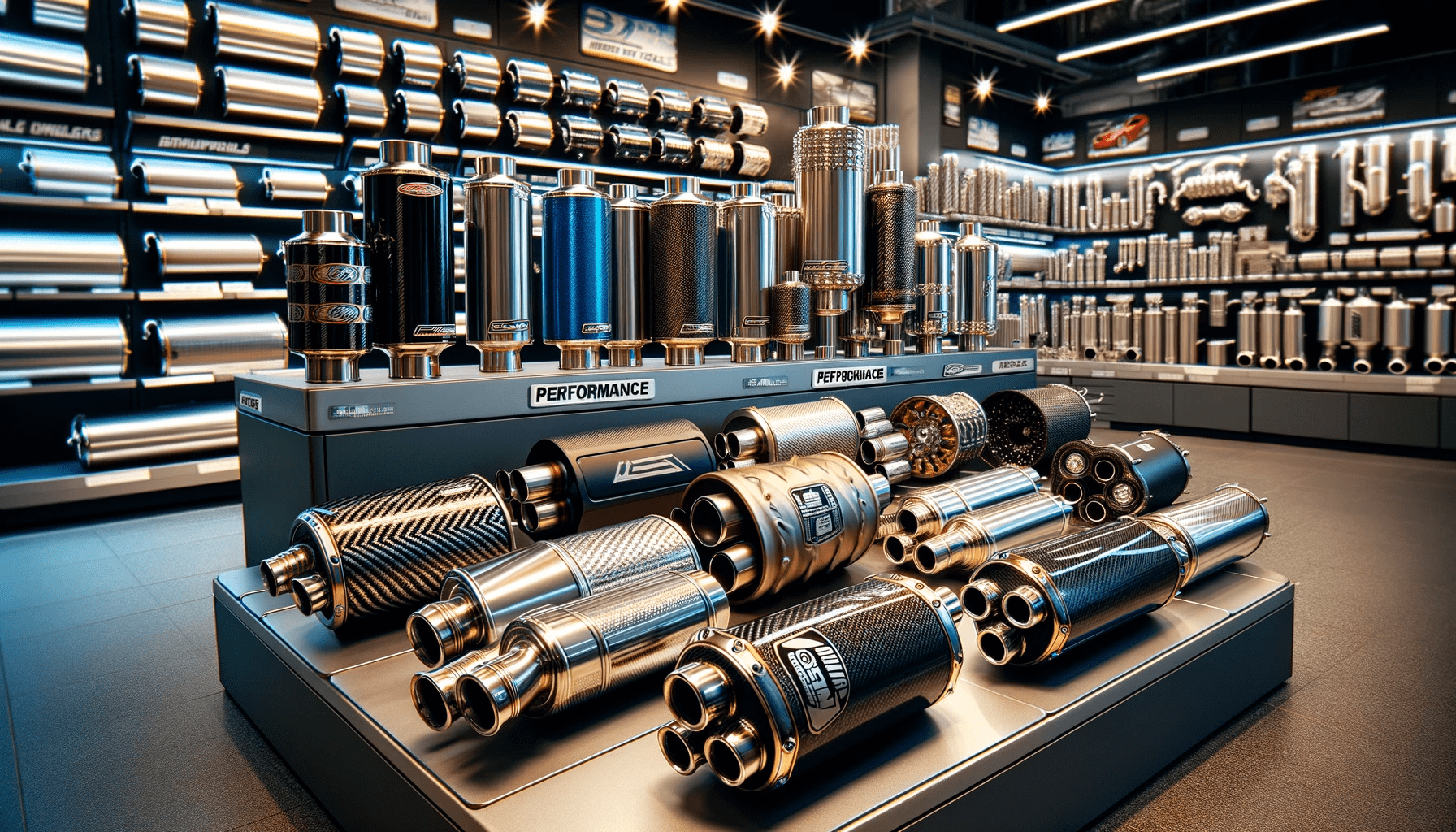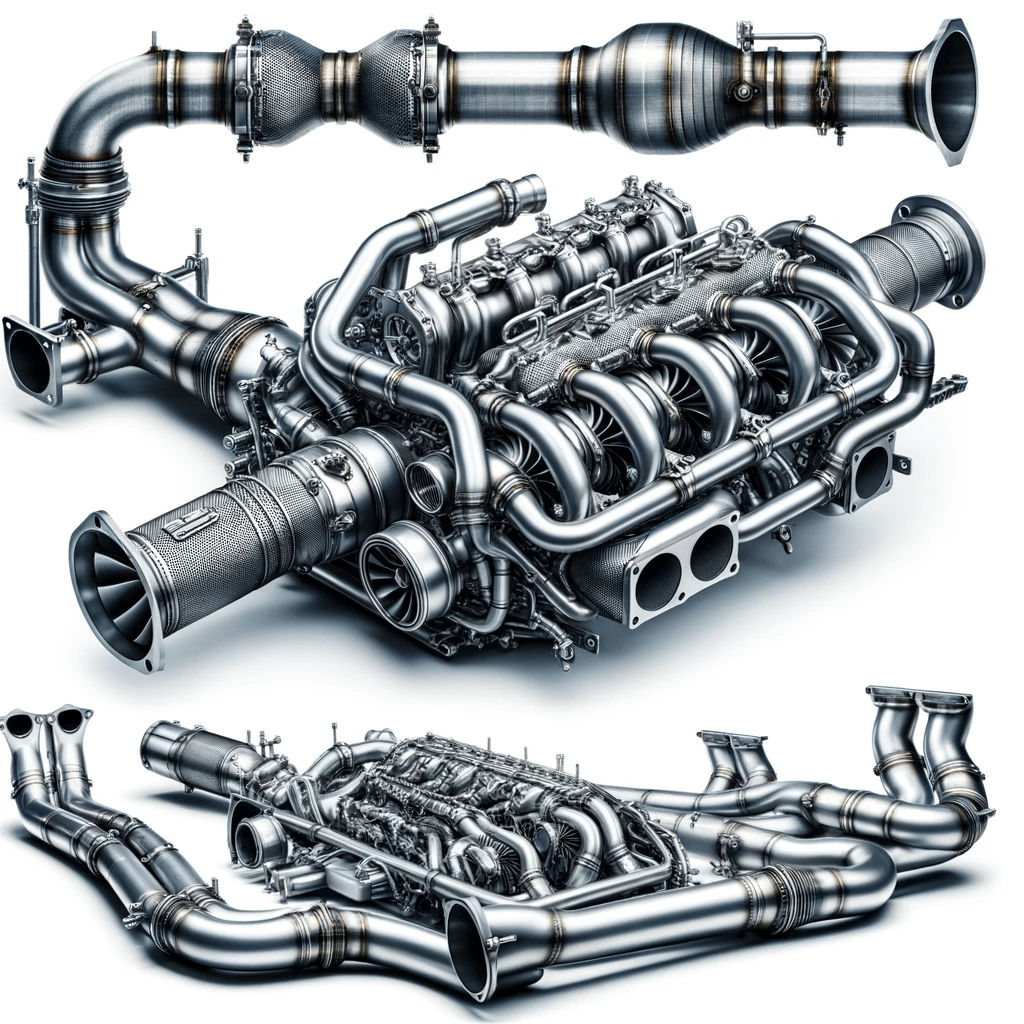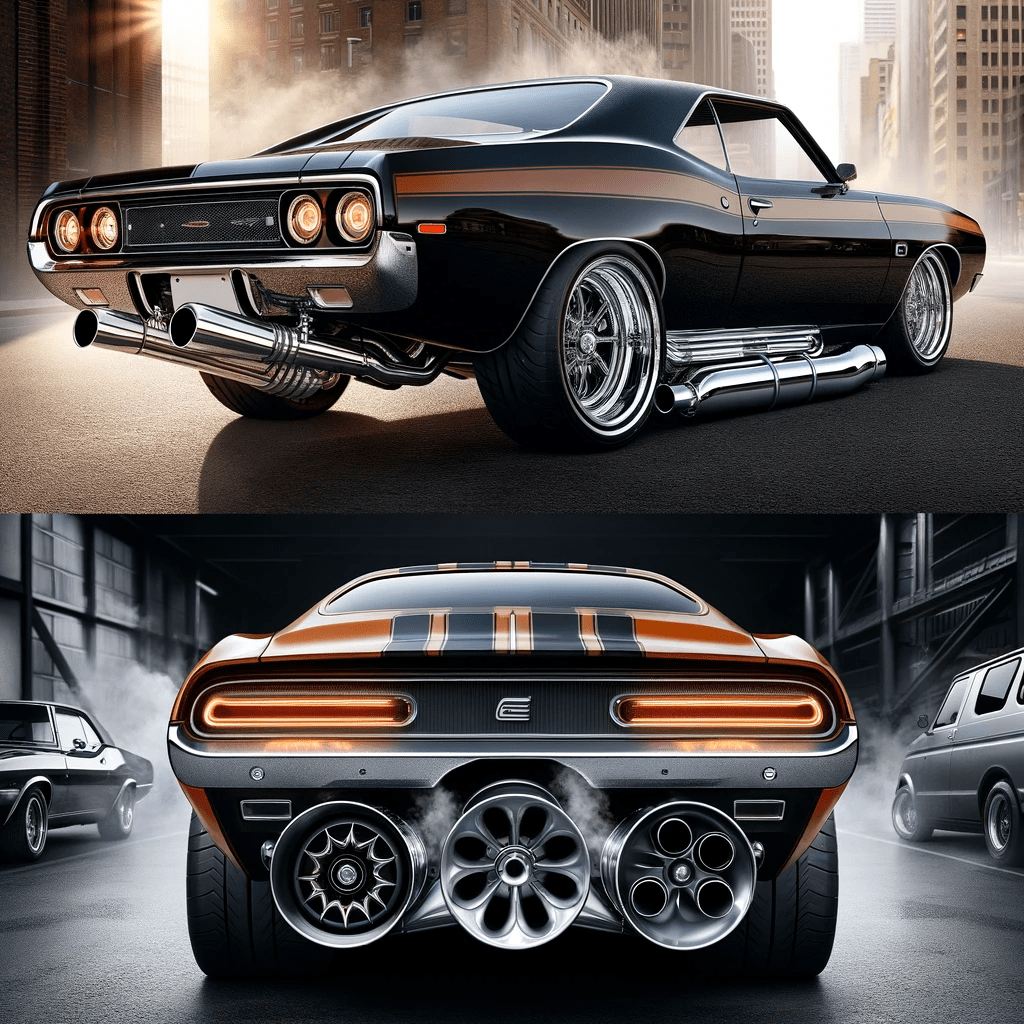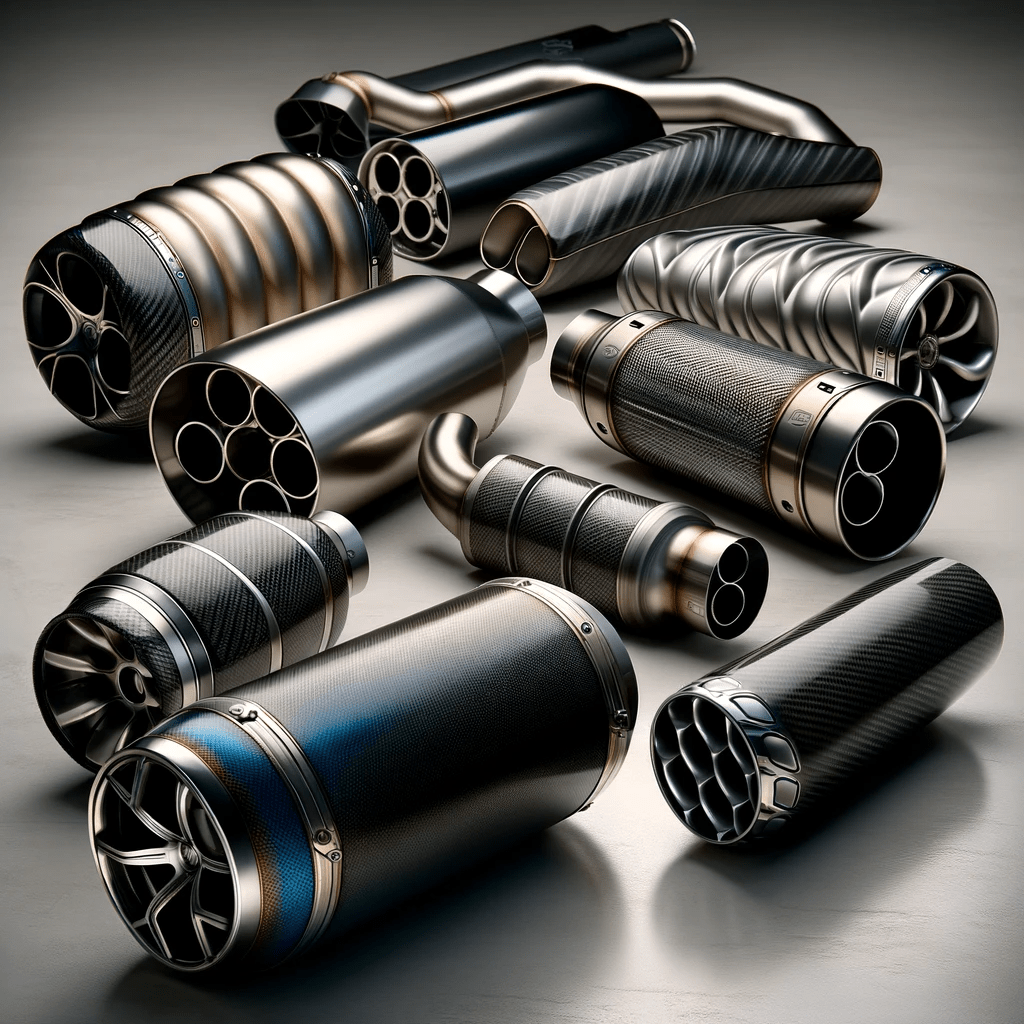Key Takeaways
| Aspect | Importance |
|---|---|
| Heat Reduction | Essential for protecting vehicle components and improving performance |
| Heat Shields | Prevent heat transfer to critical parts |
| Ceramic Coatings | Reduce surface temperature, enhancing longevity |
| Exhaust Wraps | Insulate exhaust pipes to maintain exhaust gas temperature |
| Material Choices | High-heat resistant materials are crucial for durability |
Understanding Exhaust Heat Management

1. Reducing Excessive Heat
- Protecting Components: Managing exhaust heat is vital for protecting nearby vehicle parts and systems from heat damage.
- Performance Efficiency: Proper heat management can improve overall vehicle performance and longevity.
2. Heat Shields
- Function: Installed around exhaust components, heat shields reflect and absorb heat, preventing it from affecting other vehicle parts.
- Application: Widely used in performance vehicles and those undergoing Exhaust System Upgrades.
3. Ceramic Coatings
- Benefits: Ceramic coatings on exhaust systems can significantly reduce surface temperatures, thus protecting the exhaust system and reducing heat transfer.
- Durability: Enhances the longevity of exhaust components, as seen in Exhaust Manifold Upgrades.
4. Exhaust Wraps
- Purpose: Wraps are designed to insulate exhaust pipes, maintaining the temperature of the exhaust gases and reducing under-hood temperatures.
- Effectiveness: Can be particularly effective in vehicles with tight engine bays, like those with Turbocharging vs. Supercharging.
5. Material Choices
- High Heat Resistance: Materials like stainless steel and titanium are preferred for their ability to withstand high temperatures, crucial for performance vehicles like those with a Performance Exhaust for Focus ST.
Real-World Applications
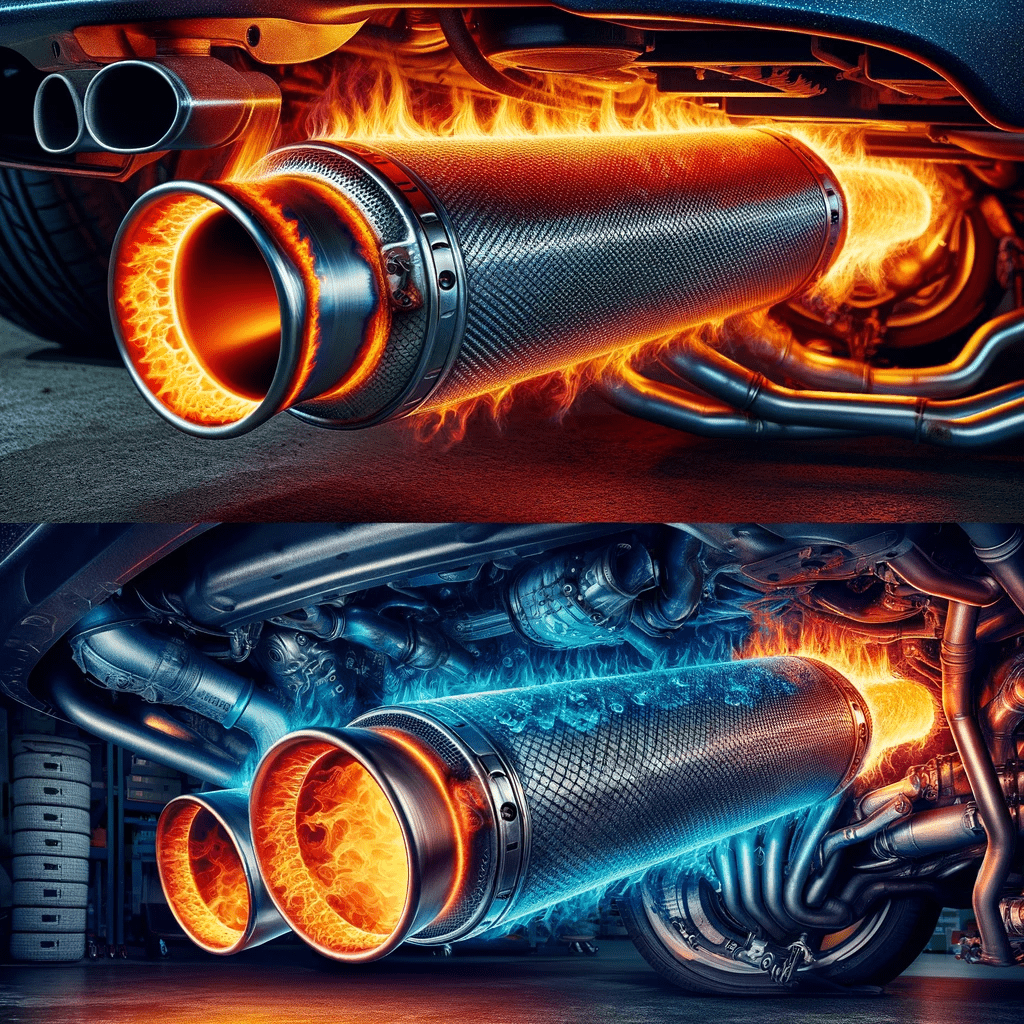
- Performance and Racing Vehicles: Heat management is critical in these vehicles to ensure optimal performance and prevent damage from high temperatures.
- Everyday Vehicles: Even in standard vehicles, managing exhaust heat can extend the life of components and improve efficiency.
Exhaust Heat Management Techniques and Their Applications
| Technique | Function | Application | Benefits | Relevant Internal Link |
|---|---|---|---|---|
| Heat Shields | Reflect and absorb heat from the exhaust | Used in all types of vehicles, especially performance cars | Protects adjacent components from heat damage | Exhaust System Upgrades |
| Ceramic Coatings | Reduce surface temperature of exhaust components | Ideal for high-performance and racing vehicles | Enhances longevity, reduces heat transfer | Exhaust Manifold Upgrades |
| Exhaust Wraps | Insulate exhaust pipes to maintain gas temperature | Beneficial in tight engine bays and turbocharged vehicles | Reduces under-hood temperatures, maintains exhaust velocity | Turbocharging vs. Supercharging |
| High-Temperature Paints | Provide a heat-resistant coating to exhaust parts | Suitable for custom and aftermarket exhaust systems | Protects against rust, reduces radiated heat | Basics of Exhaust Mods to Enhance Performance |
| Stainless Steel Materials | Inherent resistance to high temperatures | Used in various exhaust system components | Durable, resistant to corrosion and heat | Performance Exhaust for Focus ST |
| Titanium Exhaust Systems | Lightweight and highly heat resistant | High-end performance vehicles | Reduces overall vehicle weight, excellent heat dissipation | High-Flow Catalytic Converters |
Conclusion: Balancing Heat for Optimal Performance
Effective exhaust heat management is key to maintaining vehicle performance and longevity. Whether through the use of heat shields, ceramic coatings, or exhaust wraps, keeping exhaust temperatures in check is crucial, especially in high-performance applications.
